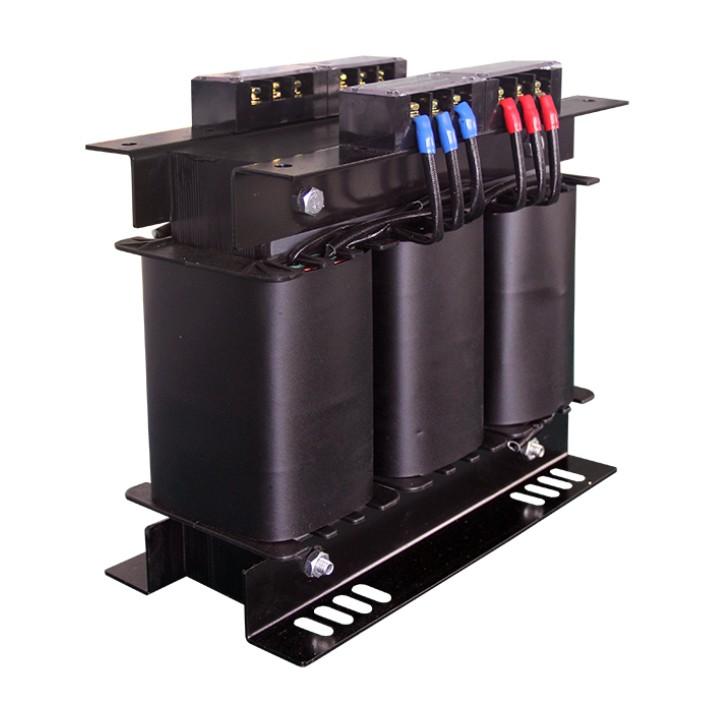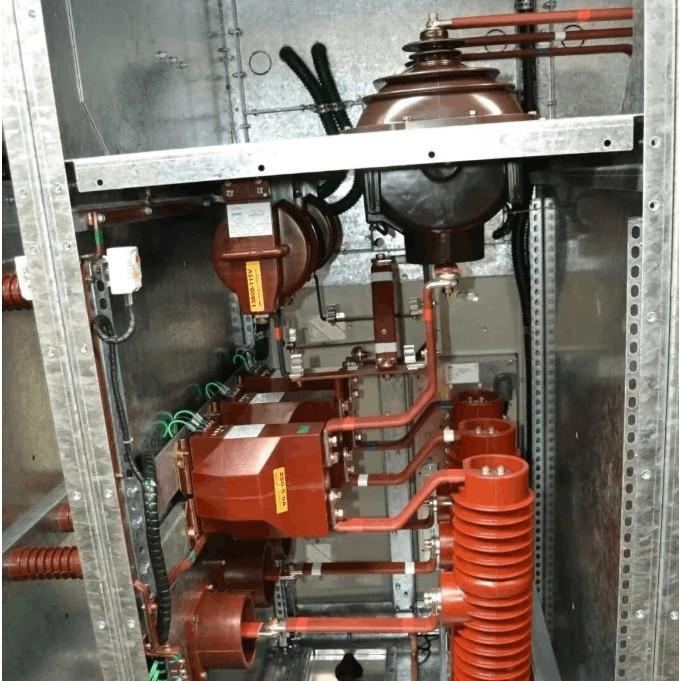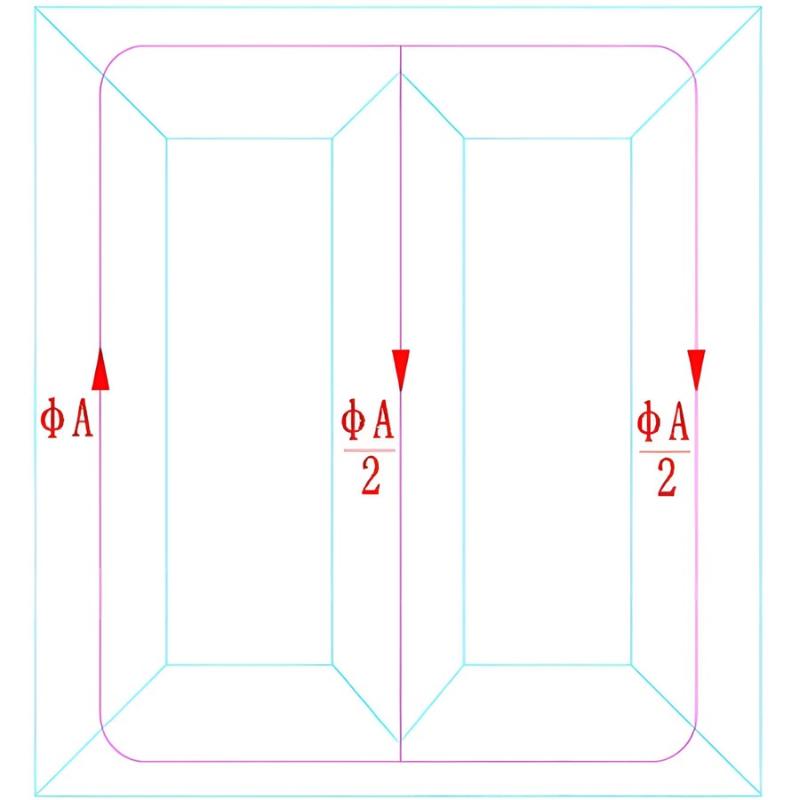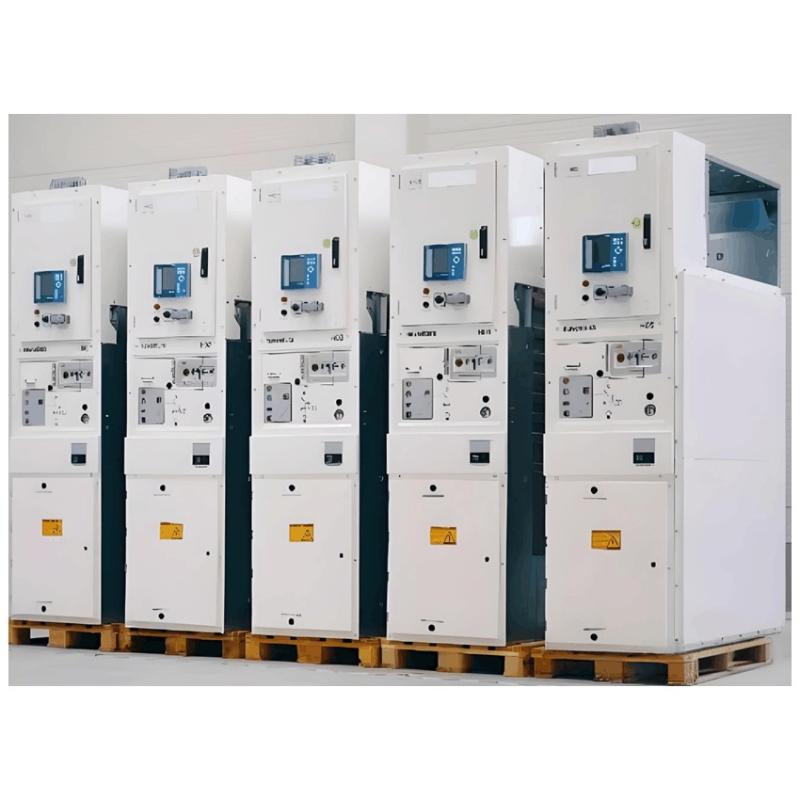- Product
- Suppliers
- Manufacturers
- Solutions
- Free tools
- Knowledges
- Experts
- Communities
Search
-
Free tools
-
IEE Business ya bayar abubuwa mai inganci da ke AI don kudin karkashin kimiyya da yanayin aiki da kudin kasa: zaka iya kawo hanyoyinka, daba ta shafi, za ka samun abubuwan daidai game da transformers wiring motors kudin kasa da sauransu - wanda masana'antu a duniya sun fi sani.
-
-
Taimakawa da Kudin Zama
-
IEE-Business taimakawa hanyoyi masu sauki da kuma gida da malamai - tattaunawa takarduka da zan iya tabbatar da kyauMa'arufin ilimin teknik mai kyauAiki da shirye-shiryar ilimi na kimiyya don samun maza daga masu taimakawaGaba-gaban Ayyuka Masu Yawan Inganci加入 دوپلما IEE-Business كرونو رادا فييسي منونتي ناوين كومان سودورواMasu fahimtar da ke da alamaRakowa abubuwan ku na masu siyasa, sami masa futurin ku!
-
-
Dawo aplikeshin
Kwamfuta
-
-
Samun IEE Business ApplicationYi amfani da IEE-Business app don samun abubuwan aikin, samun halayyin, haɗi da malamai, kuma kai tsauraran takaiddun kasoshin duka lokaci, duka wurin—dole bai karfin takamaltar hulɗin ku na alintakargida da kasuwanci.
-
-
-
-
Yarda Muna
Dakilin Aiki
-
-
加入lEE-Business Partner ProgramKawo Ci Gaba Da Iƙiƙata – Daga Alatun Teknikal Zuwa Kaugunan Ayyukan IEE-Business
-
-
-
Hausa
-
- English
- Afrikaans
- العربية
- Azərbaycan dili
- български
- বাংলা
- Català
- Cebuano
- čeština
- Dansk
- Deutsch
- Ελληνικά
- Esperanto
- Español
- Eesti keel
- Euskara
- دری
- فارسی
- suomi
- Filipino
- français
- Gaeilge
- Galego
- Hausa
- עברית
- हिन्दी
- Hrvatski
- magyar nyelv
- հայերեն
- Bahasa Indonesia
- Íslenska
- Italiano
- 日本語
- ქართული
- Қазақ тілі
- 한국어
- Kurdî
- Latina
- Latviešu valoda
- македонски јазик
- Bahasa Melayu
- Malti
- Nederlands
- Norsk
- polski
- پښتو
- Português
- Русский язык
- Slovenščina
- српски језик
- Svenska
- Kiswahili
- ไทย
- Tagalog
- Türkçe
- українська мова
- اردو
- Oʻzbek tili
- Tiếng Việt
-
Ma'arufin ilimin teknik mai kyau
-
Hausa
-
- English
- Afrikaans
- العربية
- Azərbaycan dili
- български
- বাংলা
- Català
- Cebuano
- čeština
- Dansk
- Deutsch
- Ελληνικά
- Esperanto
- Español
- Eesti keel
- Euskara
- دری
- فارسی
- suomi
- Filipino
- français
- Gaeilge
- Galego
- Hausa
- עברית
- हिन्दी
- Hrvatski
- magyar nyelv
- հայերեն
- Bahasa Indonesia
- Íslenska
- Italiano
- 日本語
- ქართული
- Қазақ тілі
- 한국어
- Kurdî
- Latina
- Latviešu valoda
- македонски јазик
- Bahasa Melayu
- Malti
- Nederlands
- Norsk
- polski
- پښتو
- Português
- Русский язык
- Slovenščina
- српски језик
- Svenska
- Kiswahili
- ไทย
- Tagalog
- Türkçe
- українська мова
- اردو
- Oʻzbek tili
- Tiếng Việt
-
Kalkulalai Elektirikai Da Dukkiya
Ma'arufin ilimin teknik mai kyau
































